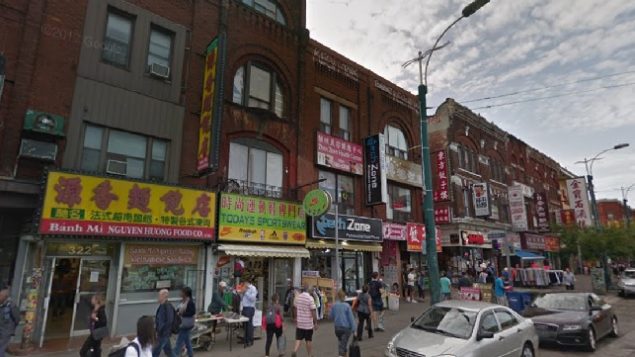
Walking tours of what Chinatown was, and what it is now
Toronto is Canada’s largest and most diverse city, and has long been the site of one of the country’s largest and most vibrant Chinese communities.
Arlene Chan is a Chinatown historian, author, and storyteller and in conjunction with Heritage Toronto Asian Heritage month, is leading walking tours in what was Toronto’s old Chinatown and the city’s newer “Chinatown west”. Listen to the interview:
A third generation Chinese-Canadian, Chan’s deep interest in the history of Chinese heritage comes from her own deep connections to Toronto’s Chinatown. Not only did she grow up in the heart of that community, but her parents were very active socially and politically. Indeed her mother, Jean Lumb, was the first Chinese Canadian woman to receive the Order of Canada for he social work and changing restrictive laws against Chinese. A local school to be built in the area will also be named after Jean Lumb.
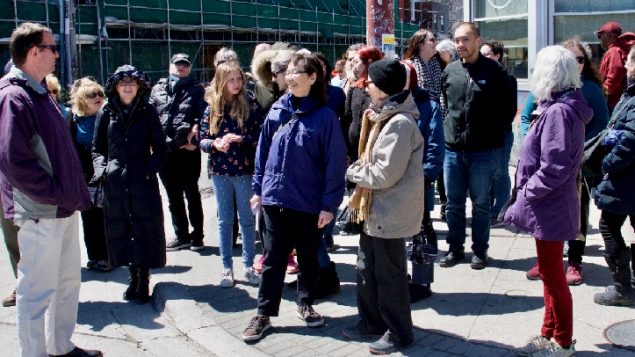
Chan says Canada’s Chinatowns formed due to a variety of segregationist laws and attitudes which caused them to congregate in specific areas to provide mutual help and sense of community.
She says much of what was the first Chinatown was bulldozed to make way for the new city hall, and urban development has resulted in the remaining section being transformed into huge condos and office buildings.
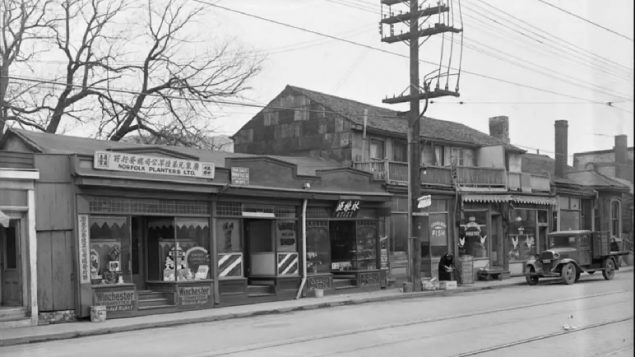
She says that part of the tour points out where various Chinatown “institutions” were, while another part of the tour goes through the newer Chinatown which has moved.to the area around Spadina and Dundas.
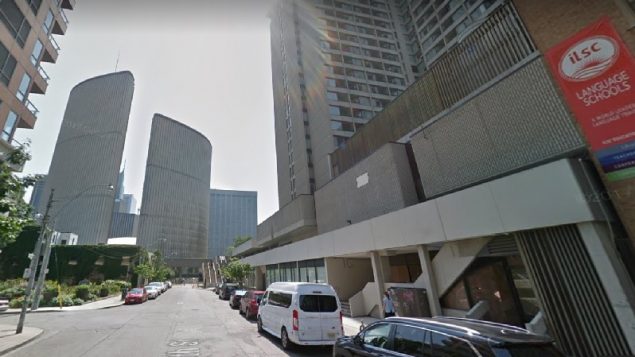
In that part of the tour, Chan takes people into centres of the local culture including a temple, martial arts club, herbal store and so on.
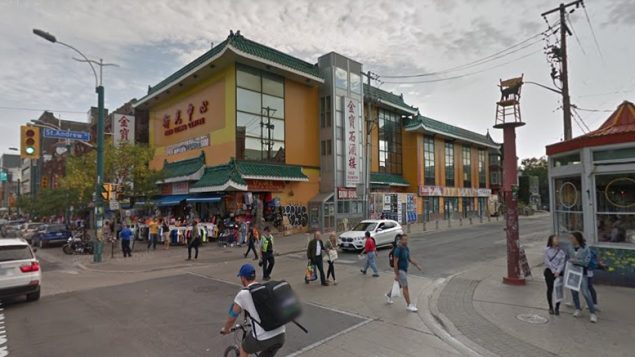
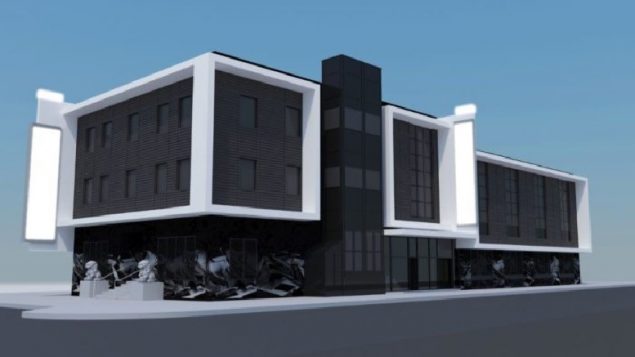
She says Toronto’s Chinatown has been in constant flux, as waves of newcomers such as following the Second World War, when family restrictions were eased, and another when ethnic Chinese in Vietnam came when that war ended, and more when Hong Kong was reverted back to China
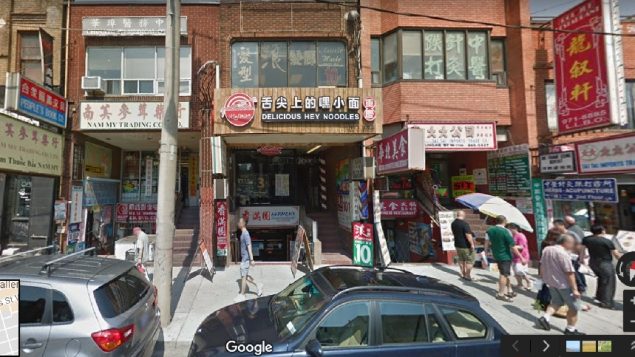
At the same time, wealthier Chinese immigrants and those who had enjoyed financial success in Chinatown, moved out of the downtown core to the suburbs, while newcomers needing entry-level jobs would replace them in Chinatown.

David Perry
Does anyone recall Ho Yuen on Dundas West? In the ’70s it was downstairs from the street, had maybe
3 or 4 tables, no liquor licence, and the menu was written on a blackboard in Chinese! The food was great
and cheap. Unfortunately, they got famous and greedy, and moved upstairs and around the corner on a
side street into a much bigger, fancier location, and the food was never the same again.